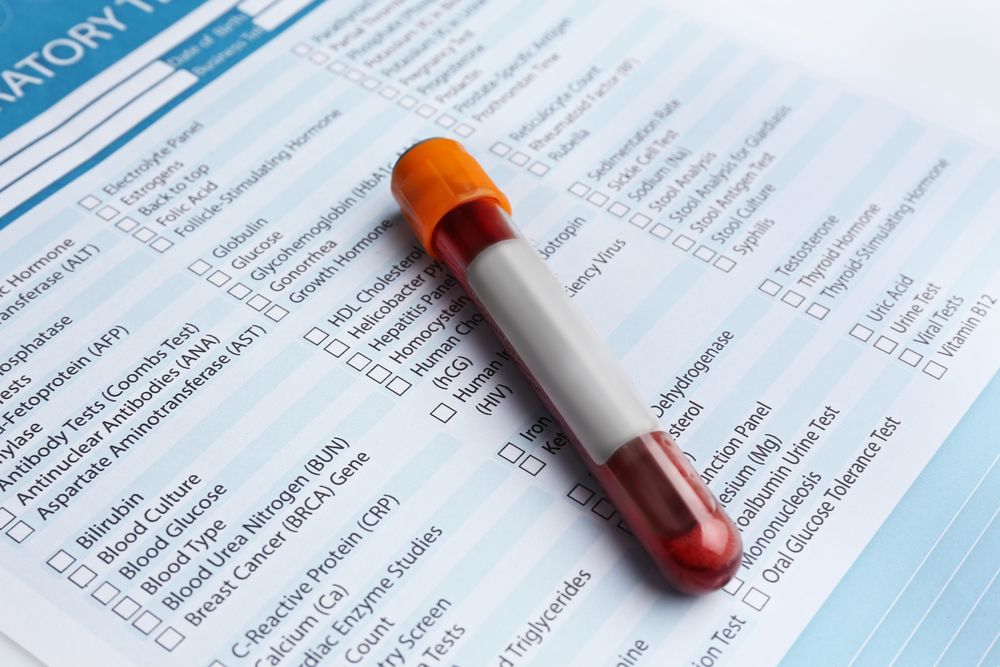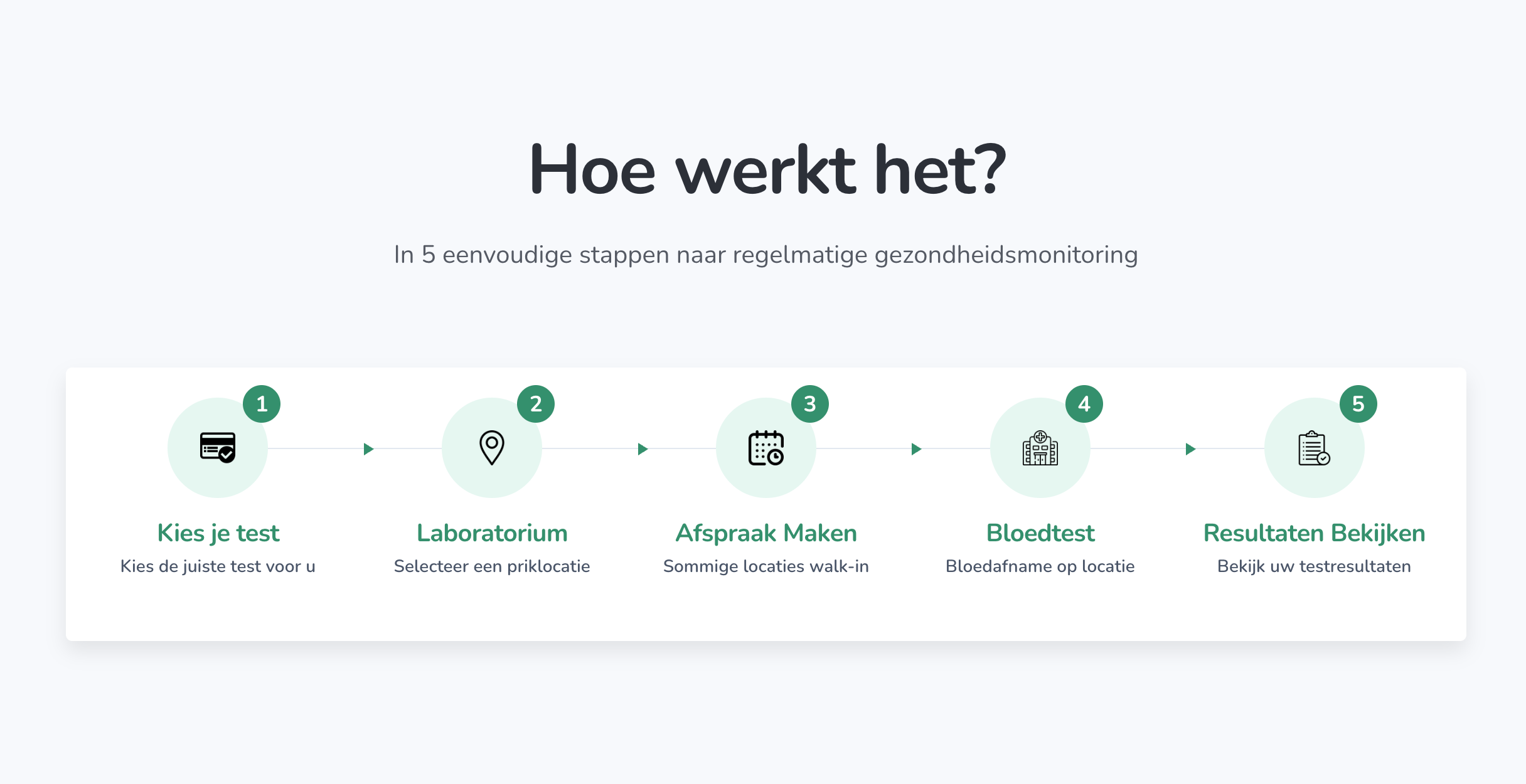Diabetes comes in different types and sizes. The body cannot respond properly to insulin or does not produce it at all. As a result, you get an accumulation of sugar (glucose) in the blood, which in turn has adverse effects. Too much glucose in diabetes can affect the kidneys, nerves, eyes and many more organs.
In this study we measure insulin resistance based on insulin and glucose. These two values are determined fasting. This means that you should not consume anything except water for 12 hours before the test. The insulin and glucose blood test is also called the HOMA IR test. The IR for insulin resistance.
How do we calculate the HOMA index?
The HOMA index is, as the name suggests, a calculation: The fasting glucose and fasting insulin are multiplied and divided by 22.5. Pay close attention to the units!What does the HOMA IR test mean?
The HOMA index is a ratio between glucose and insulin, corrected by a factor. When glucose rises in the body, insulin should also rise and vice versa. If the HOMA index remains high (above 1) for a long time, body cells may lose their sensitivity to insulin. This can ultimately lead to type 2 diabetes mellitus . HOMA stands for Homeostatic Model Assessment Insulin Resistance.How do you measure the HOMA IR index reliably?
A reliable way to measure insulin and glucose is via a venous blood sample. Glucose can also be determined by means of a finger prick, but a one-off determination is not as accurate as taking blood from the arm. You can easily take this insulin resistance test yourself by means of a finger prick. You will receive the test result in a clearly formulated report after six working days. In addition to the results, your report also includes some personal recommendations so that you can, if necessary, get started on improving your Homa ir index.When is this insulin resistance test recommended?
The insulin resistance test or the HOMA IR test is recommended for determining impaired insulin resistance, a pre-diabetes status or for IVF treatments. Fasting glucose determination is sufficient to diagnose diabetes.What causes insulin resistance?
Insulin resistance is the basis of the pathology of type 2 diabetes. Normally, when we ingest sugars, this is stored in the liver, burned for energy production or converted into other substances such as fats. You need the hormone insulin for, among other things, the storage of glucose in the liver. If the sugar is not absorbed, it remains floating around in the bloodstream. Sugar can react with molecules and damage the vessel wall. This causes vascular damage. That is why insulin is so important, so that sugar is absorbed from the bloodstream.Insulin is produced by the pancreas To illustrate what insulin resistance is, we use fictitious numbers: Suppose a healthy person needs 1 gram of insulin to store 1 gram of glucose. If you regularly store more glucose (i.e. take in more, while you do not use it) ) and not used quickly, insulin resistance develops. In this case, you need 2 grams of insulin for 1 gram of glucose. So it takes more insulin to move the same amount of glucose.
The HOMA index for the healthy person would then be 1 x 1 = 1. With insulin resistance you have a HOMA index of 1 x 2 = 2. We call this insulin resistance.


